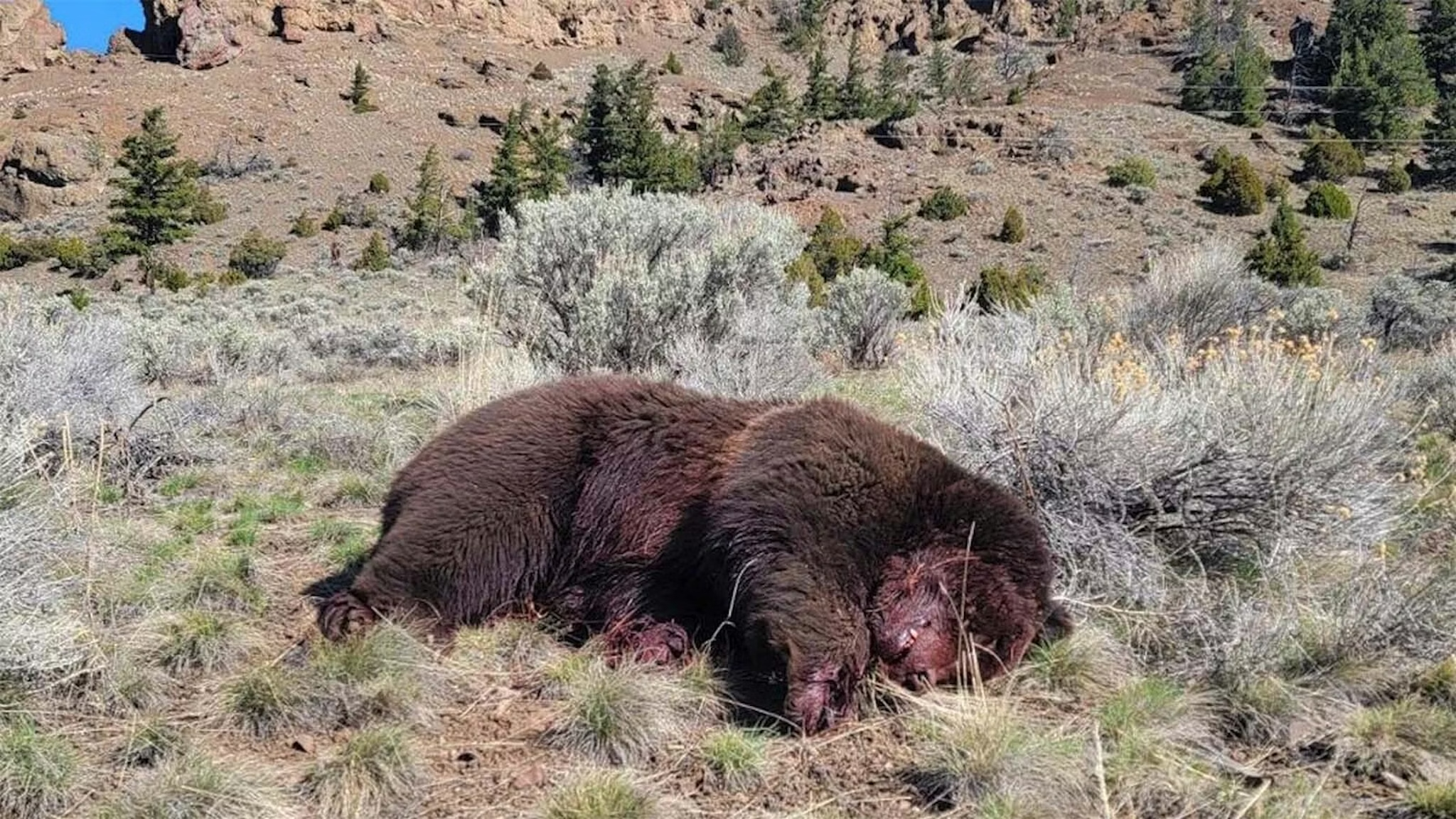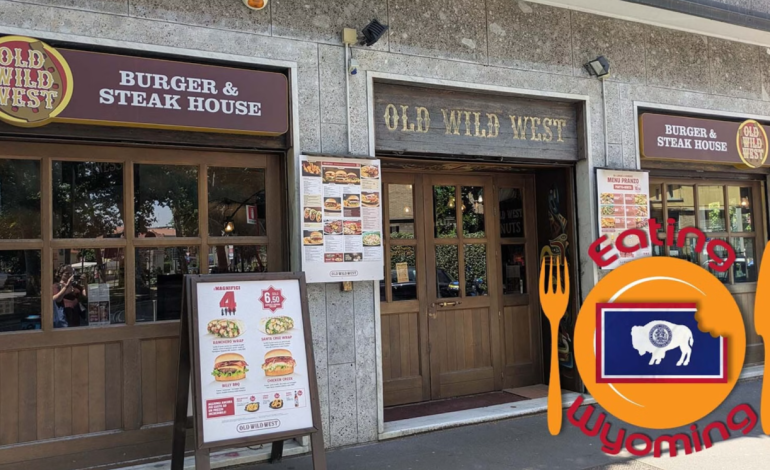In a country known for its world-renowned cuisine, from rich pasta dishes to Neapolitan pizza, a surprising culinary curiosity awaits visitors near Italy’s most iconic landmarks: a chain of Western-themed restaurants called Old Wild West, Cowboy State Daily reports.
With over 250 locations across Italy—and a presence in France and Monaco—this franchise offers a uniquely European interpretation of American frontier culture.
Complete with swinging saloon doors, wagon-inspired tables, and rustic décor, Old Wild West restaurants aim to recreate the spirit of the Wild West for Italian diners. Among the themed dishes is the “Cheyenne Chicken,” a nod to Wyoming, which pairs grilled chicken breast with bacon, fries, and the house sauce. Other menu items include classic American fare like hamburgers, ribs, and steaks—though sections of the menu bear curious titles such as “Gran Canyon Meats” and “White Mountain Meats.”
For travelers from the American West, the experience can feel both familiar and strangely distorted. While the décor captures elements of Western aesthetics, it mixes them with unexpected choices, including ambiguous signage and eclectic artwork. The result is a space that feels more like a cinematic interpretation than a culinary homage.
Despite its kitsch appeal, Old Wild West has maintained a solid foothold in Italy for more than two decades. Once a novelty located near trendy venues like Milan’s Hollywood Rythmoteque nightclub, the chain is now a fixture across Italian cities. Yet, it competes with an ever-growing number of restaurants offering more globally popular cuisine, such as Mexican or Hawaiian poke.
Local Italians have mixed feelings about the franchise. Milanese journalist Marco Congiu offered gentle skepticism about its authenticity, noting that Italians tend to “screw up” when they venture beyond Mediterranean cooking. Nevertheless, the restaurant does seem to have local appeal, attracting Italian patrons and even accommodating non-service dogs—a rare find in many US dining establishments.
The experience may amuse or puzzle American visitors, especially those expecting traditional Western food or drink. Notably absent from the menu is any whiskey, a staple of historic saloons, replaced instead by an assortment of American-style beers and a standard wine list. For some, this omission undercuts the authenticity of the theme.
While the Cheyenne Chicken may not match Wyoming’s local offerings, it was competently prepared and satisfying, if basic. The meal, paired with a Western IPA and costing around $25, served as an interesting cultural exchange more than a gourmet experience.
Ultimately, Old Wild West is less about faithfully replicating frontier cuisine and more about offering Italians a themed dining experience shaped by popular images of the American West. For American tourists, it may not be worth skipping a traditional trattoria, but it does provide a glimpse into how one culture reimagines another—complete with covered wagon booths and a frontier fantasy.










The latest news in your social feeds
Subscribe to our social media platforms to stay tuned